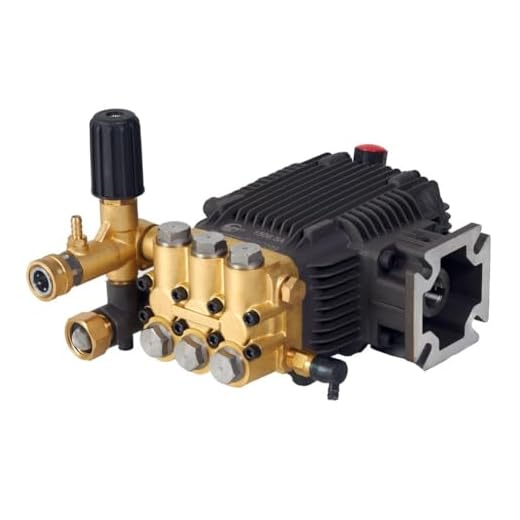



My first piece of advice is to prioritise the machine’s pressure output. Aim for a unit delivering at least 2000 PSI (pounds per square inch) for most domestic tasks, such as cleaning vehicles, driveways, and patios. For more demanding applications like removing mould or graffiti, consider options exceeding 3000 PSI. This metric directly influences the device’s capacity to tackle tough grime effectively, making it a key parameter in your decision-making process.
Next, assess the flow rate, measured in litres per minute (L/min). A higher flow rate enhances cleaning efficiency, allowing for better rinsing and coverage. Machines with a flow rate of around 7 to 10 L/min are generally suitable for household use. If your projects are larger or require increased water volume, opt for models with flow rates of 12 L/min or above.
Don’t overlook the type of pump used in the cleaner. Triplex pumps are typically more durable and provide consistent pressure, while axial pumps may be more common in budget models. If you expect to use the machine frequently or for heavy-duty tasks, investing in a model with a robust triplex pump will yield better long-term performance.
Another critical factor is the weight and portability of the unit. Heavier machines may offer more durability, but ensure that they are still manageable. Look for features like large wheels and ergonomic handles to enhance mobility and ease of use. Additionally, consider the fuel tank capacity, as this will dictate how long you can operate before needing a refill–larger tanks are preferable for extended cleaning sessions.
Finally, examine the accessories and attachments included with the cleaner. Various nozzles, brushes, and extensions can significantly enhance the machine’s versatility, making it suitable for a wider range of tasks. Investing in a unit that comes with these extras can save you time and money in the long run.
Guidelines for Selecting a Fuel Operated Cleaning Device
Prioritise the cleaning power, which is measured in bar. For household tasks, 100 to 150 bars suffice; for commercial work, opt for 150 to 250 bars. The higher the bar rating, the deeper the cleaning action.
Assess Engine Specifications
The engine’s horsepower influences performance. A 5 to 6.5 HP engine provides adequate force for most jobs. For heavy-duty requirements, consider models with 6.5 HP or more. Additionally, paramount is the type of engine; look for four-stroke engines for better fuel efficiency and longevity.
Pressure and Flow Rate
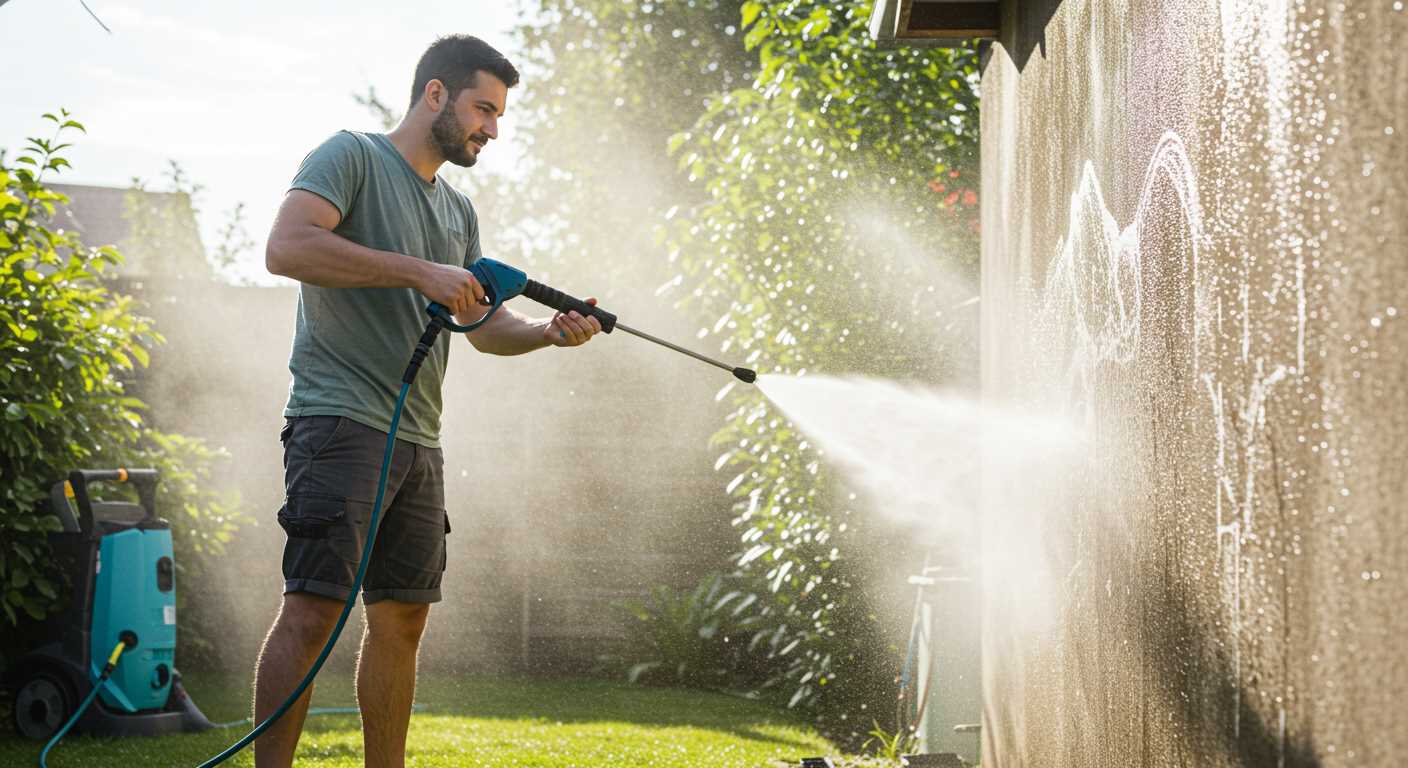
Examine the flow rate measured in litres per hour (L/h). A higher flow rate enhances cleaning efficiency. A minimum of 400 L/h should be targeted for general tasks, while more intensive use may require 500 L/h or higher. Balancing pressure and flow rate results in optimal cleaning without damaging surfaces.
| Application | Recommended Bar | Recommended L/h | Engine Horsepower |
|---|---|---|---|
| Household Cleaning | 100 – 150 | 400 | 5 – 6.5 |
| Commercial Use | 150 – 250 | 500+ | 6.5+ |
Focus on mobility and storage. A robust frame with wheels enhances transportability. Look for additional features such as hose reels and integrated storage for accessories. These aspects simplify usage and maintenance, enhancing overall satisfaction.
Lastly, read user reviews and reliability ratings. Gathering insights from actual users provides clarity on durability and performance, which is invaluable in making an informed decision.
Determine the Required Pressure Rating
In my experience, a cleaning device’s pressure rating is a key factor to consider for efficiency. Devices typically range from 1000 to 4000 PSI. For light tasks like washing cars or patios, I recommend a model with 1300-2000 PSI. This will ensure dirt and grime are effectively removed without risking damage to delicate surfaces.
Medium to Heavy-Duty Tasks
For medium tasks, such as cleaning driveways, a range of 2000-3000 PSI works best. This level delivers the necessary force to tackle stubborn stains and built-up grime. For commercial use or heavy-duty cleaning, devices exceeding 3000 PSI become essential. These models handle tough jobs such as stripping paint or cleaning large, greasy surfaces with ease.
Consider Flow Rate
The flow rate, measured in gallons per minute (GPM), complements the pressure rating. An optimal combination of PSI and GPM ensures thorough cleaning. A higher GPM means faster rinsing and better soap delivery. For instance, a device with 3000 PSI and 2.5 GPM provides both high pressure and a satisfactory flow for extensive cleaning tasks.
Assess the Water Flow Rate Specifications
Always check the water flow rate before selecting your cleaning machine. A higher flow rate, typically measured in litres per minute (L/min), translates into faster cleaning and efficiency. Aim for a minimum of 8 to 12 L/min for most tasks, while heavy-duty applications may require up to 15 L/min.
Understanding Flow Rate Metrics
Flow rate specifications can differ significantly across various models. Look for the following metrics:
- Litres per Minute (L/min): This figure indicates the volume of water that the unit can consume each minute. Higher values help in rinsing surfaces quicker.
- Water Tank Capacity: If using a machine that draws from a tank, ensure it’s large enough to support extended cleaning sessions without frequent refilling.
Matching Flow Rate to Cleaning Needs
Different tasks demand varying flow rates:
- Light Cleaning: For basic patio furniture or vehicles, 6 to 8 L/min is adequate.
- Medium Cleaning: For driveways and decks, aim for 10 to 12 L/min.
- Heavy Cleaning: For stubborn grime, consider units with 12 L/min or more.
Having tested numerous devices, I can confidently say that combining the right flow rate with the appropriate pressure will yield the best results for your cleaning requirements.
Evaluate Engine Specifications and Fuel Type
The engine size directly influences performance; select models with motors ranging from 160cc to 220cc for optimal results. Engines over 200cc typically deliver greater power, reducing cleaning time significantly.
Examine Power Output
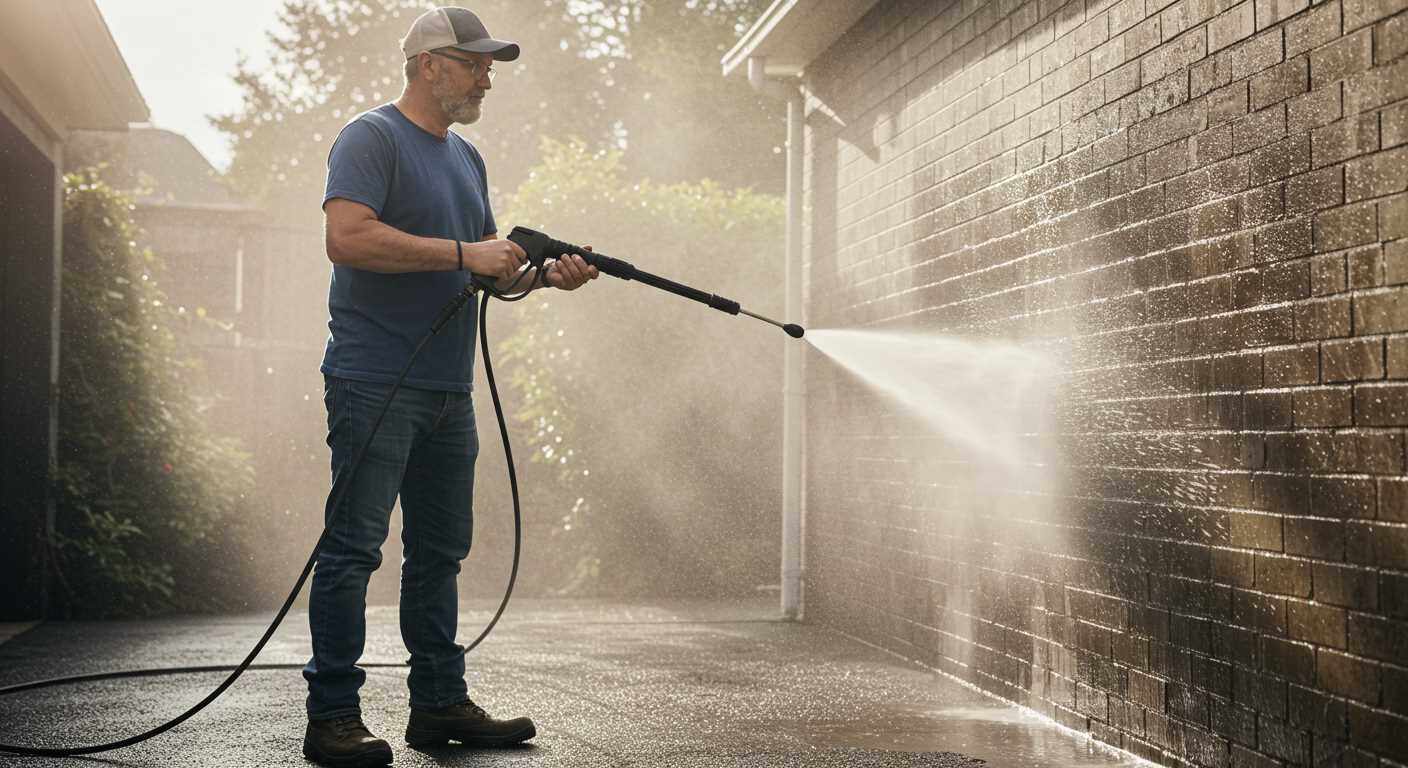
Look for higher horsepower ratings, ideally between 4 to 7 HP, which correlates with pressure and flow rate efficiency. A robust output translates to better handling of tough stains and surfaces.
Consider Fuel Type

Opt for 4-stroke engines, as they provide better fuel efficiency and lower emissions compared to 2-stroke variants. Choose unleaded gasoline with an octane rating of 87 or above to prolong engine life and maintain performance.
Always verify compatibility with specific fuel blends recommended by manufacturers, especially when operating in colder climates where winterised fuel might be necessary.
Consider the Weight and Portability Features
Selecting a model with manageable weight is crucial for maintaining ease of operation. A unit weighing under 30 kg permits simple manoeuvrability and reduces fatigue during extended tasks. Heavier designs, while potentially offering more power, may hinder convenience if you plan to frequently transport them.
Examine the design features aimed at enhancing portability. Models equipped with sturdy wheels are more suited for navigating uneven surfaces, and manoeuvrability becomes essential during larger cleaning tasks. Look for an ergonomic handle that allows for comfortable gripping, particularly during transport over long distances.
The inclusion of a compact frame can also influence portability. Some units are designed with collapsible handles or detachable parts, making them easier to store or fit into smaller vehicles. Consider whether the design supports above features while still encompassing the power requirements you desire.
Personal experience has shown that a balance between weight and power instead of choosing based solely on high specifications leads to more satisfying long-term use. Aim for a model that provides the specific capabilities you need while being easy to move and store.
Check for Accessories and Attachments Included
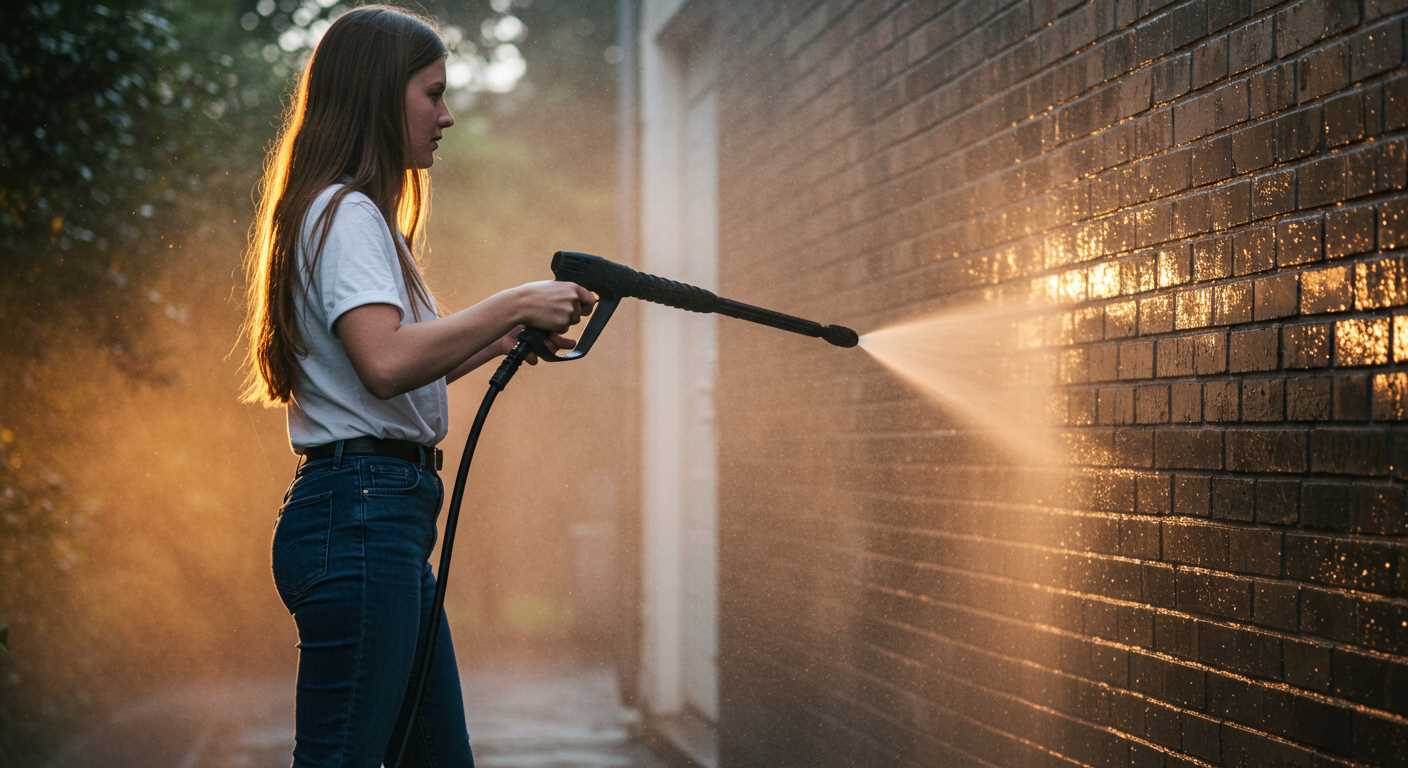
Review the package contents carefully. Look for additional nozzles that can adjust spray patterns; they expand versatility for different tasks, from delicate surfaces to tough grime. A rotating brush can significantly enhance cleaning efficiency, especially on stubborn areas like patios.
Verify if extension wands are included. These enable you to reach high or awkward spaces without straining. If your model comes with a detergent tank or compatible foam cannons, that’s a bonus, as they simplify the application of cleaning solutions.
Inspect whether a surface cleaner attachment is part of the offering. This accessory streamlines large flat surface cleaning and saves time compared to using a standard nozzle. Don’t overlook the wheels; larger, robust wheels aid mobility across uneven terrains.
Check for hose quality and length as well. A durable, high-pressure hose allows for greater manoeuvrability and reduces the risk of leaks or kinks. An onboard storage solution for these accessories will keep everything organised during use.
Lastly, assess warranty offerings on included attachments. This ensures support should something not perform as expected. Each of these elements contributes significantly to the overall usability and effectiveness of your cleaning machine.
Understand Maintenance Requirements and Access
Regular upkeep ensures longevity and performance. Familiarise yourself with the maintenance schedule outlined in the owner’s manual. This often includes oil changes, air filter replacements, and spark plug inspections. Allocate time for these tasks quarterly or after a specific number of operating hours, typically around 50 hours.
Oil and Fuel Considerations
Utilise high-quality oil suitable for the engine type and ensure you use fresh fuel. Stale petrol can lead to starting issues and decreased performance. Consider adding a fuel stabiliser if you plan to store your equipment for extended periods. This small step can prevent fuel system issues.
Storage and Access
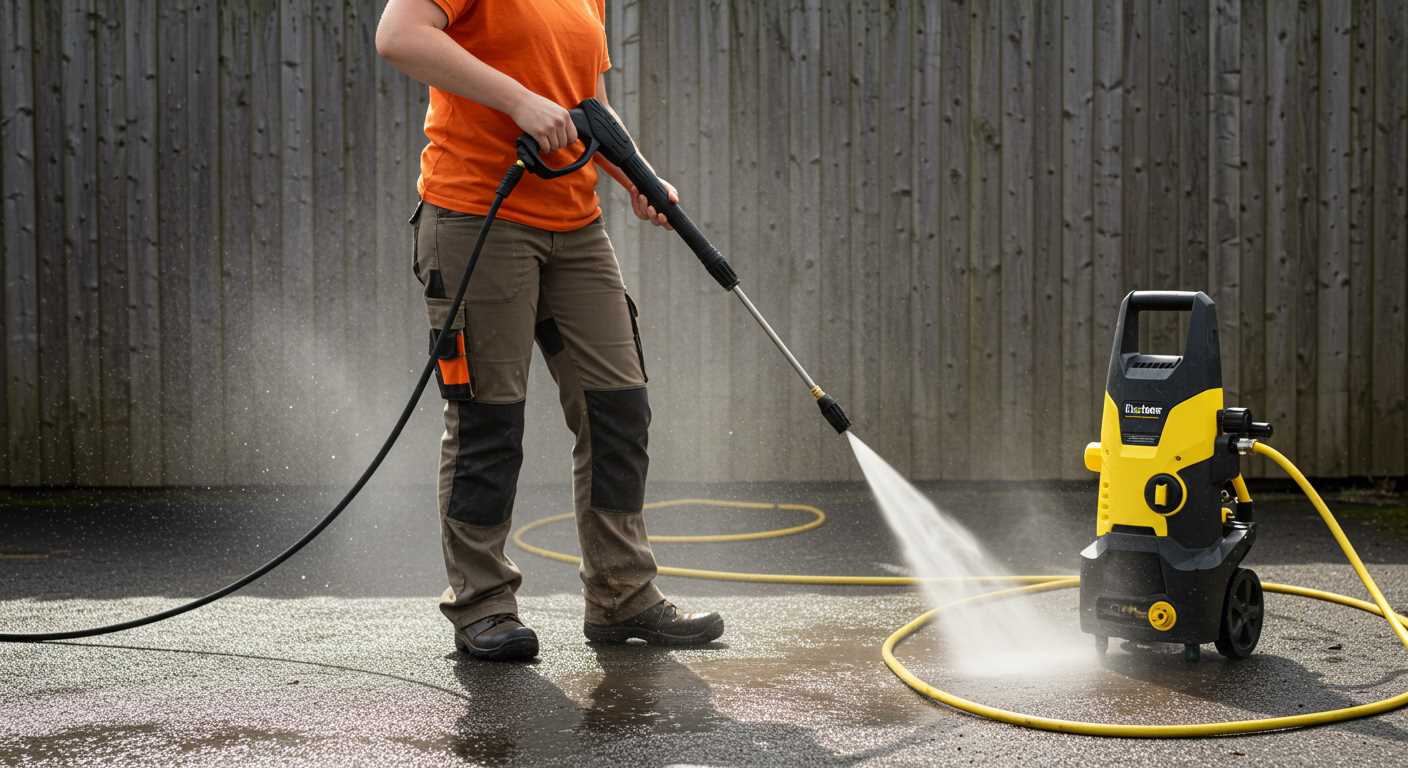
Choose a location that provides easy access for maintenance tasks. Ideally, this space should be dry and sheltered to avoid weather damage. A dedicated storage spot simplifies inspections and repairs, ensuring that you don’t neglect routine tasks due to inconvenient access. Investing in a lateral frame or a wheeled cart can enhance portability while keeping your equipment well-organised.
Review Safety Features and User Safety Guidelines
Focusing on safety features is paramount. Always look for models equipped with automatic shut-off mechanisms that engage when the trigger is released. This prevents unintentional operation, enhancing safety during usage.
Pressure regulators are also vital; they control the output pressure effectively, reducing the risk of unexpected bursts that could lead to injuries. Ensure the unit has an adequate safety valve that safeguards against excessive pressure build-up.
Ergonomic handles with non-slip grips improve control and reduce hand fatigue, making long cleaning sessions safer. Consider options with a protective frame to shield the engine and other components from impact during transport.
Adhere to user safety guidelines meticulously. Always wear appropriate personal protective equipment, including goggles and gloves. Ensure to read the manufacturer’s instructions thoroughly before operating the equipment. Maintain a safe distance from people and pets while in use. Additionally, check the work area for potential hazards such as uneven surfaces and overhead obstructions.
Be aware of the fuel handling procedures to prevent fires. Store fuel in approved containers and avoid refuelling near hot surfaces or while the engine is running. Proper ventilation is necessary when operating in enclosed spaces to mitigate the risk of fumes.
Regularly inspect hoses and connections for wear and tear. Replace any damaged components immediately to prevent accidents. Following these safety measures and guidelines will significantly reduce the risk of injury, ensuring a safer working environment during each operation.
Compare Warranty and Customer Support Options
Prioritise checking the warranty details and support services provided by manufacturers. A longer warranty period–ideally three years or more–typically indicates a brand’s confidence in their product’s durability.
Examine what the warranty covers. Some may include parts and labour, while others might limit components or require servicing at authorised locations. A comprehensive warranty provides peace of mind in case of unexpected failures.
- Look for customer support availability. Manufacturers with dedicated service lines or chat support ensure you can reach help when issues arise.
- Research online reviews about support experiences. Frequent positive feedback suggests reliable assistance, while negative comments can be a red flag.
- Consider the availability of replacement parts. Brands with widespread distribution make future repairs or upgrades easier.
Manufacturers with knowledgeable customer representatives can offer guidance on operational issues or maintenance concerns, enhancing your experience post-purchase.
FAQ:
What factors should I consider when selecting a petrol pressure washer?
When choosing a petrol pressure washer, you need to look at several key aspects. First, check the pressure rating, measured in bar or psi; higher values indicate more cleaning power. Next, consider the flow rate, which affects how quickly you can clean surfaces. The type of nozzle and attachment options can also influence your ability to tackle different tasks. Additionally, examine the weight and portability of the machine, especially if you plan to move it around often. Finally, think about maintenance needs and brand reliability, as these can impact your long-term satisfaction.
How do I determine the right pressure level for my needs?
Determining the right pressure level hinges on the types of tasks you aim to complete. For light cleaning tasks like washing cars or patio furniture, a pressure washer with around 70-100 bar (1000-1500 psi) should suffice. For medium tasks, such as cleaning decks or driveways, a unit with 100-150 bar (1500-2200 psi) is ideal. Heavy-duty jobs, like removing graffiti or oil stains, may require machines with 150 bar (2200 psi) or higher. Always consider the surface material too; softer materials require lower pressure to prevent damage.
Are there specific brands of petrol pressure washers that are recommended?
Many reputable brands offer petrol pressure washers known for performance and durability. Some of the most highly regarded include Honda, Briggs & Stratton, and Stihl. These brands typically provide models with robust engines and reliable pumps. It’s advisable to check customer reviews and product ratings to understand user experiences. Also, consider warranty and after-sales support, as these can be beneficial in case you encounter any issues with your machine.
What maintenance do petrol pressure washers require?
Regular maintenance is crucial to keep your petrol pressure washer in good working order. Start by checking the oil level and changing it according to the manufacturer’s instructions. Clean or replace the air filter to ensure the engine operates efficiently. Inspect the hoses for any wear or damage and ensure all connections are secure. Additionally, store the washer in a dry place and use fuel stabiliser if you won’t be using it for a while. Following maintenance guidelines can extend the life of your pressure washer significantly.
Is it better to choose a petrol pressure washer over an electric one?
The choice between petrol and electric pressure washers largely depends on your specific needs. Petrol models generally offer higher pressure and more portability since they do not require an electrical outlet. This makes them suitable for larger areas or remote locations. However, electric pressure washers are usually quieter, lighter, and easier to maintain, making them ideal for smaller, more frequent jobs. Assess your typical cleaning tasks and consider factors like convenience, power needs, and budget to make the right choice for your situation.


